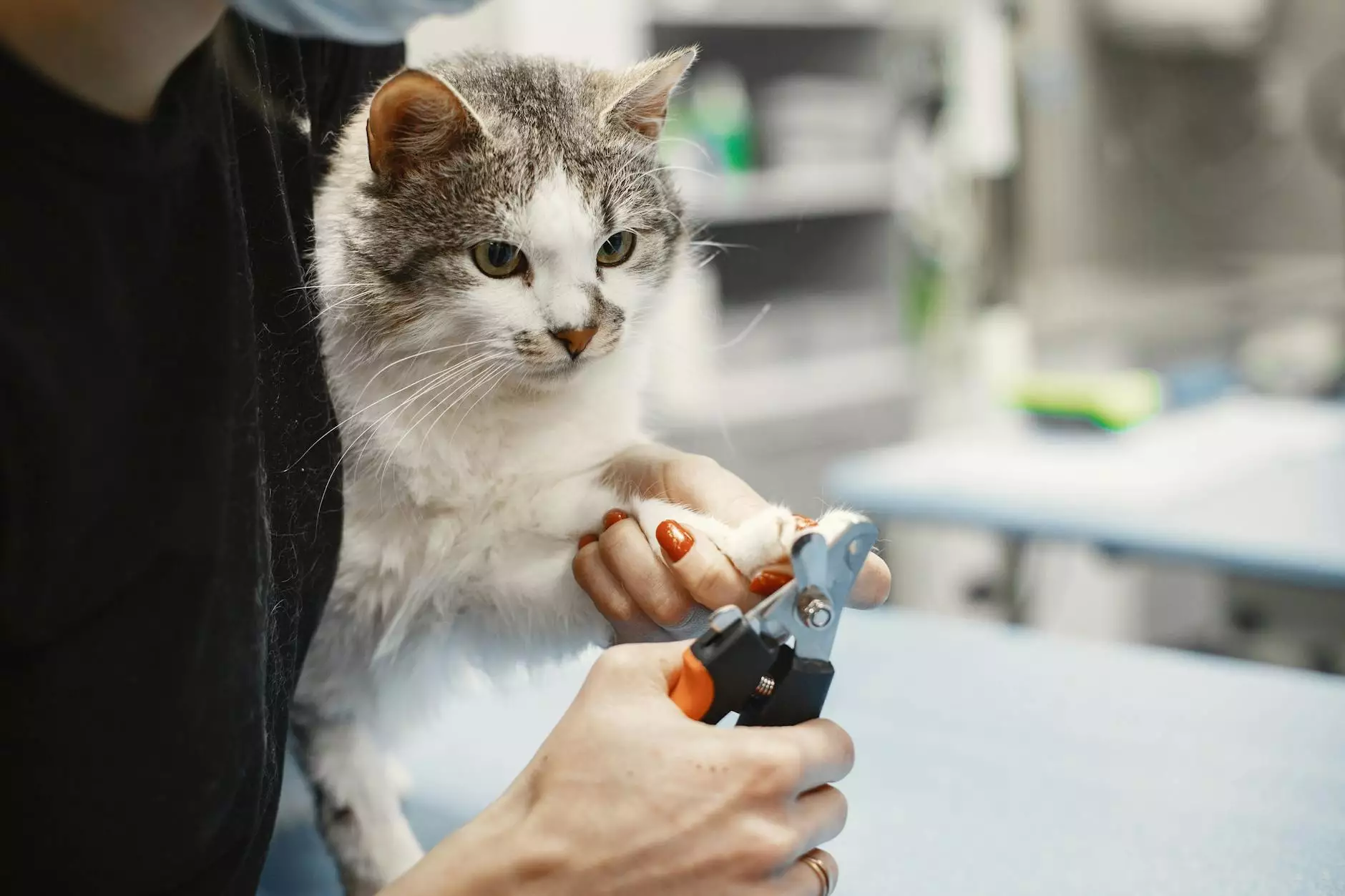Effective Management of Stored Grain Pest

Introduction
Welcome to TSGC Inc., your one-stop solution for all your farm equipment repair and farming equipment needs. In this article, we will provide you with comprehensive information on the effective management of stored grain pests.
Understanding Stored Grain Pests
Stored grain pests can cause significant damage to your harvested grain, affecting its quality and marketability. It is crucial for farmers and grain handlers to implement proper management practices to safeguard their grain from these pests. The management of stored grain pests involves various proactive measures to prevent infestations and control their spread.
Identification of Common Stored Grain Pests
Before diving into management strategies, it's essential to familiarize yourself with the common stored grain pests. Some of the pests you may encounter include:
- 1. Indian Meal Moth (Plodia interpunctella): This common pest is often found infesting stored grain products like flour, cereals, and pet food. Adult moths lay eggs on the surface of the stored grain, and the larvae feed on it, causing contamination.
- 2. Sawtoothed Grain Beetle (Oryzaephilus surinamensis): This small, flat, brown beetle is commonly found infesting a wide range of stored grains including rice, wheat, oats, and barley. They can quickly spread and cause damage if not controlled promptly.
- 3. Grain Weevils (Sitophilus spp.): Grain weevils are small, dark-colored beetles that infest stored grains like wheat, corn, rice, and barley. They lay eggs inside the grain kernels, and their larvae develop within, causing significant damage.
- 4. Red Flour Beetle (Tribolium castaneum): These beetles are reddish-brown and can be found infesting stored grain products, including flour, cereals, and spices. They prefer warm conditions and can multiply rapidly.
Preventing Stored Grain Pest Infestations
Prevention is always better than dealing with an infestation. By implementing the following preventive measures, you can minimize the risk of stored grain pests:
- 1. Proper Grain Storage: Ensure that your bins, silos, and storage facilities are properly sealed, clean, and free from any cracks or openings that pests could exploit. Regularly inspect and maintain these structures to prevent pests from entering.
- 2. Temperature and Moisture Control: Stored grain pests thrive in warm and humid conditions. Maintain appropriate temperature and moisture levels to make the storage environment less favorable for pests. Use fans and aeration systems to regulate temperature and moisture levels effectively.
- 3. Regular Cleaning: Cleanliness is crucial to pest management. Thoroughly clean storage facilities, removing any grain residues or spillages that can attract pests. Pay attention to corners, cracks, and crevices where pests may hide.
- 4. Inspection and Monitoring: Regularly inspect your stored grain for signs of infestation. Look for damaged grain, webbing, presence of larvae or adult insects, and any unusual odors. Monitor grain temperature and moisture levels to detect any potential issues early.
- 5. Quality Assurance: Ensure that the grain you store is of high-quality, free from pests or infestations. Properly clean and treat harvested grain before storage to avoid introducing pests into your storage facilities.
Effective Control Measures
If you notice signs of stored grain pest infestation, it is crucial to take immediate action to prevent further damage. Consider implementing the following control measures:
1. Integrated Pest Management (IPM)
IPM is a comprehensive approach that combines various pest control strategies to manage infestations effectively. It involves the following steps:
- Identification: Identify the specific pest species causing the infestation.
- Monitoring: Monitor and assess the severity of the infestation through regular inspections.
- Prevention: Implement preventive measures such as proper storage practices and maintaining favorable environmental conditions.
- Control: If the infestation reaches a threshold level, use appropriate control methods such as chemical treatments or biological controls.
- Evaluation: Evaluate the effectiveness of the control measures and make necessary adjustments if required.
2. Chemical Treatments
Chemical treatments, such as insecticides and fumigation, can be effective in treating severe infestations. However, it's essential to follow safety guidelines and use registered pesticides approved for the specific pests and grain type. Consult with pest control professionals or agricultural experts for proper guidance.
3. Grain Protectants
Grain protectants are pesticides specifically formulated to prevent pest infestations during grain storage. These products can be applied directly to the grain or incorporated into the storage structure. Follow the manufacturer's instructions for proper application and dosage.
4. Biological Controls
Biological controls involve using natural enemies of stored grain pests to regulate their populations. This can include introducing predator insects or parasitoids that attack and kill the pests. Consult with entomologists or agricultural experts for guidance on suitable biological control options.
Conclusion
In conclusion, effective management of stored grain pests is essential for preserving the quality and value of your harvested grain. By implementing preventive measures, regular inspections, and appropriate control strategies, you can minimize the risk of infestations and protect your investment. At TSGC Inc., we understand the importance of proper farm equipment repair and provide high-quality farming equipment to support your agricultural endeavors. Contact us today to learn more about our services and how we can assist you in ensuring a successful harvest.









